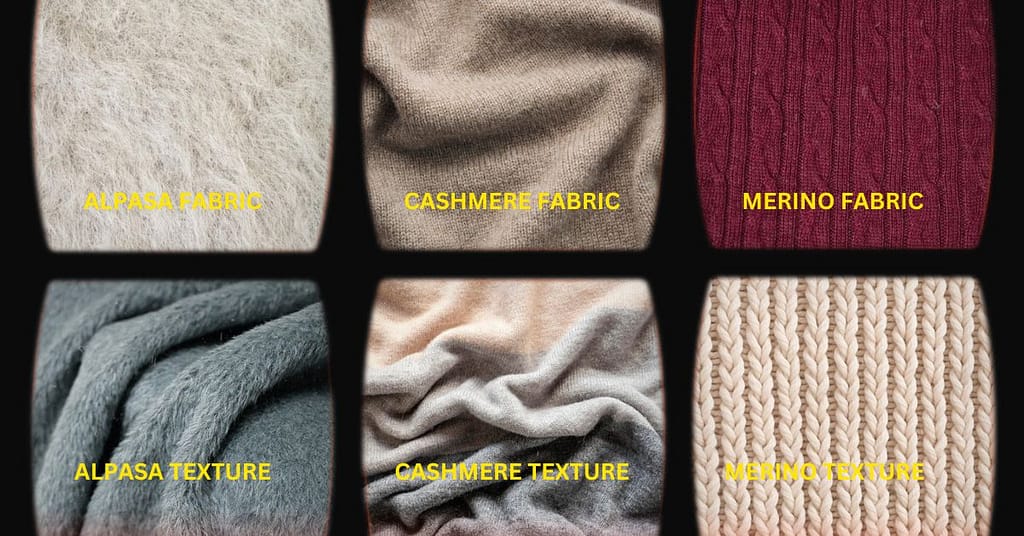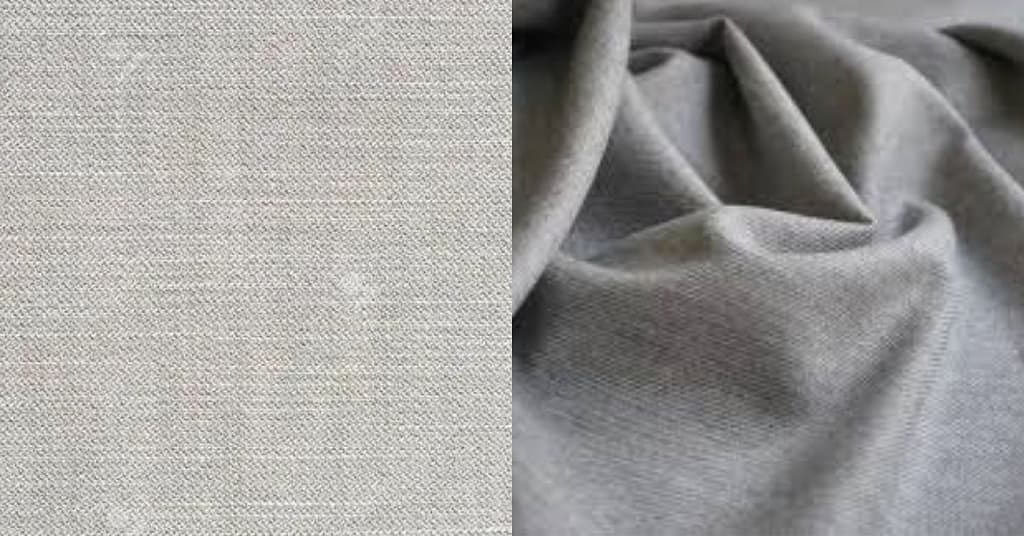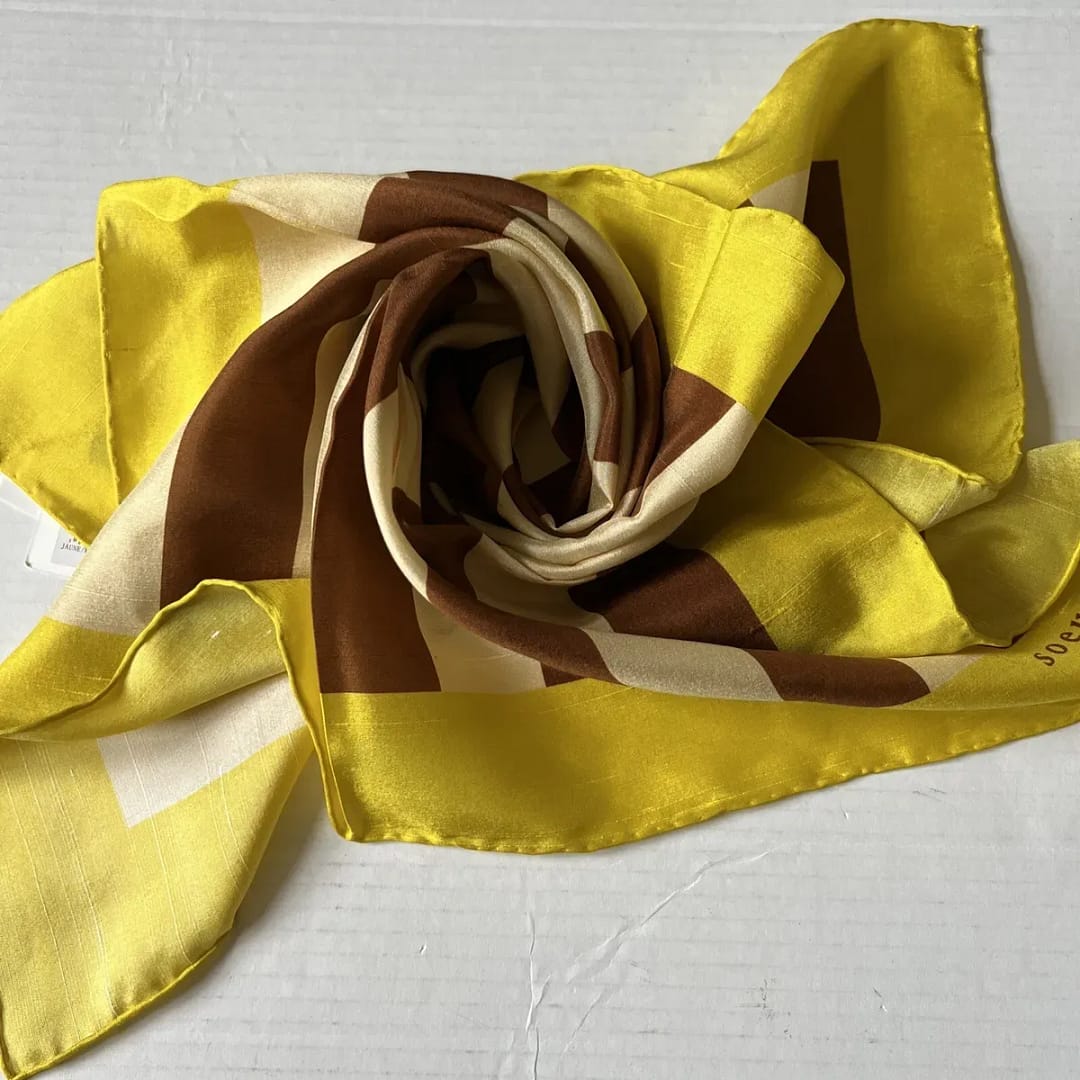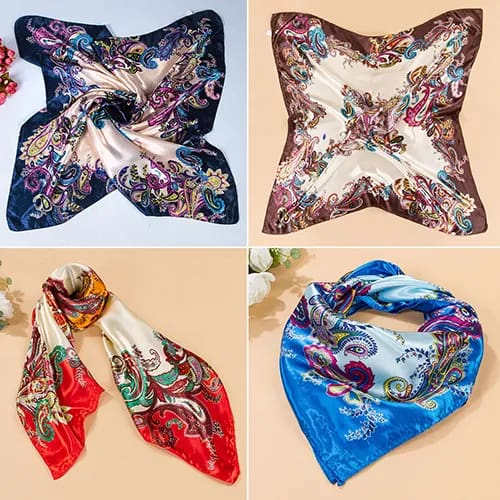A Complete Guide to Scarf Materials Best Scarf Fabric

The Ultimate Guide to Material Scarf Fabric
Scarves are more than just practical accessories; they are an expression of style, a burst of color, and a shield against the elements. Choosing the right scarf fabric/material can make a difference in comfort, aesthetics, and functionality. With so many options available, how do you pick the perfect fabric for your needs? This guide will walk you through the various scarf materials, their benefits, and how to care for them, ensuring you make an informed choice.
Why Scarves Material Matters
When selecting a scarf, the material is paramount. It influences not only the look and feel of the scarf but also its durability, warmth, and suitability for different seasons and occasions. Here’s why choosing the right scarf material fabric matters:
Comfort: Different materials offer varying degrees of softness and warmth, affecting how soft scarf feels against your skin.
Durability: The longevity of your scarf is influenced by the quality and type of material, with some fabrics being more prone to wear and tear.
Style: The drape, texture, and appearance of the material can enhance your outfit, making the scarf a versatile fashion accessory.
What are the types of Fabric/Material?
Natural Fabric: Natural fabrics are often preferred for their comfort, breathability, and sustainability.
Synthetic fabrics: Synthetic fabrics are often chosen for their affordability, durability, and ease of care.
Blended Fabrics: Blended fabrics combine the best properties of natural and synthetic fabrics. They offer a balance of comfort, durability, and cost-effectiveness.
Specialty Materials: For those looking for something unique, there are several specialty materials to consider.
Best Natural Scarf Fabrics
Wool Is Best for: Cold weather

Wool is a classic choice for winter scarves. It’s warm, durable, and moisture-wicking. Different types of wool, such as merino, cashmere, and alpaca, offer varying levels of softness and warmth.
Merino Wool: Soft, lightweight, and less itchy than regular wool. It provides excellent insulation while remaining breathable.
Cashmere: Luxuriously soft and lightweight, cashmere offers exceptional warmth without the bulk. However, it is more delicate and requires careful handling.
Alpaca: Known for its silky texture and hypoallergenic properties, alpaca wool is warm and less likely to irritate sensitive skin.
Care Tips: Hand wash in cold water with mild detergent and lay flat to dry. Avoid wringing out the fabric to prevent stretching.

Cotton Best for: All seasons, especially spring and summer
Cotton scarves are lightweight, breathable, and versatile. They are ideal for warmer weather and come in a variety of weaves and styles.
Benefits: Hypoallergenic, easy to care for, and available in a range of colors and patterns.
Drawbacks: Less warmth compared to wool, and can wrinkle easily.
Care Tips: Machine wash on a gentle cycle and tumble dry on low heat. Cotton scarves may shrink if exposed to high temperatures.
Silk Best for: Formal occasions and moderate climates
Silk scarves are prized for their elegance, sheen, and smooth texture. They add a touch of luxury to any outfit and are perfect for both casual and formal wear.
Benefits: Lightweight, naturally hypoallergenic, and excellent at regulating temperature.
Drawbacks: Prone to snagging and requires delicate care.
Care Tips: Dry clean or hand wash with cold water and a gentle detergent. Avoid direct sunlight to prevent fading.
Best Synthetic fabrics
Polyester Best for: Budget-friendly, everyday wear
Polyester scarves are durable, wrinkle-resistant, and come in a variety of fabrics and prints. They mimic the look and feel of natural fabrics at a lower cost.
Benefits: Easy to care for, quick-drying, and resistant to shrinking and stretching.
Drawbacks: Less breathable and may not feel as soft as natural fabrics.
Care Tips: Machine wash on a gentle cycle and air dry or tumble dry on low heat. Avoid using high heat settings as they can damage the fabric.
Acrylic Best for: Cold weather
Acrylic scarves are a popular wool alternative. They are soft, warm, and available in a range of vibrant colors.
Benefits: Lightweight, hypoallergenic, and more affordable than wool.
Drawbacks: Less durable over time and may pill with extended wear.
Care Tips: Hand wash or machine wash on a gentle cycle. Avoid heat as it can cause the fabric to lose its shape.
Scarf Blended Fabrics
Blended fabrics combine the best properties of natural and synthetic fabrics. They offer a balance of comfort, durability, and cost-effectiveness.
Wool-Blend: Offers the warmth of wool with the durability and easy care of synthetic fabrics. Ideal for winter scarves.
Cotton-Polyester Blend: Combines the softness and breathability of cotton with polyester’s durability and wrinkle resistance. Suitable for year-round wear.
Care Tips: Follow the care instructions on the label, as blended fabrics can vary in their maintenance needs.
Scarf Specialty Materials/Fabrics
For those looking for something unique, there are several specialty materials to consider:
Bamboo Best for: Eco-friendly, all-season wear
Bamboo scarves are soft, breathable, and environmentally friendly. They have natural antibacterial properties and are great for sensitive skin.
Benefits: Sustainable, moisture-wicking, and naturally soft.
Drawbacks: Can be more expensive and less durable than other fabrics.
Care Tips: Hand wash in cold water and lay flat to dry. Avoid using harsh chemicals or bleach.
Modal Best for: All seasons
Modal is a semi-synthetic fabric made from beech tree pulp. It’s known for its softness, drape, and resistance to shrinkage.
Benefits: Extremely soft, lightweight, and breathable.
Drawbacks: Can be less durable than pure cotton or polyester.
Care Tips: Machine wash on a gentle cycle and air dry. Avoid high heat to prevent damage.
Conclusion
Choosing the right scarf material involves considering your personal preferences, the climate, and how you plan to wear the scarf. Whether you opt for the luxurious feel of silk, the cozy warmth of wool, or the practicality of polyester, each fabric offers unique benefits. By understanding the characteristics of different scarf materials, you can make an informed decision that enhances your style and meets your needs.











